Of all the luxury watch brands, Jaeger-LeCoultre may seem like one of the more unattainable to the average buyer. Even in the pre-owned market, their models can be five figures. It’s true, Jaeger-LeCoultre creates some of the most elaborately designed and technically proficient watches on the market. In addition, the sheer volume of models they develop annually is quite impressive. There are understandably a number of reasons to be intimidated by a powerhouse brand like Jaeger-LeCoultre at first glance. However, like many watchmakers, the brand comes from humble beginnings. Plus, despite some of the more ornate and complex models in their catalog, their signature model, the iconic Reverso, is a classic for any collector. Here, we’ll dive deeper into this storied brand and help to make them a bit more accessible.
It Started with Antoine LeCoultre
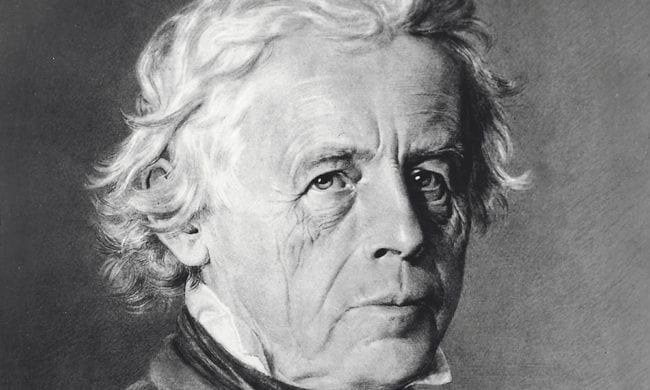
Jaeger Lecoultre founder Antoine Lecoultre
Before Jaeger-LeCoultre became the brand we know today, it was simply a man named Antoine LeCoultre and his workshop. LeCoultre was an inventor and self-taught watchmaker. He founded his first workshop near the famous Jura Mountains in 1833. In the early years, LeCoultre contributed several pivotal inventions to the field of watchmaking. In 1844, he created a device that would forever change the industry. It wasn’t a watch or even an element of a timepiece. Instead, it was a tool called the Millionometer.
The Millionometer was the first instrument capable of measuring a micron. It helped to refine the manufacture of watch parts and establish the metric system as the standard for watch measurement. Just three years later, he devised the crown winding system. This eliminated the need for keys to wind or set a watch. In 1851, LeCoultre and his inventions finally received the recognition they deserved. That year, London curated an event called the Universal Exhibition to celebrate the commencement of the modern age. Here, LeCoultre received a gold medal for his contributions to the field of watchmaking. In addition, Queen Victoria purchased one of his watches.
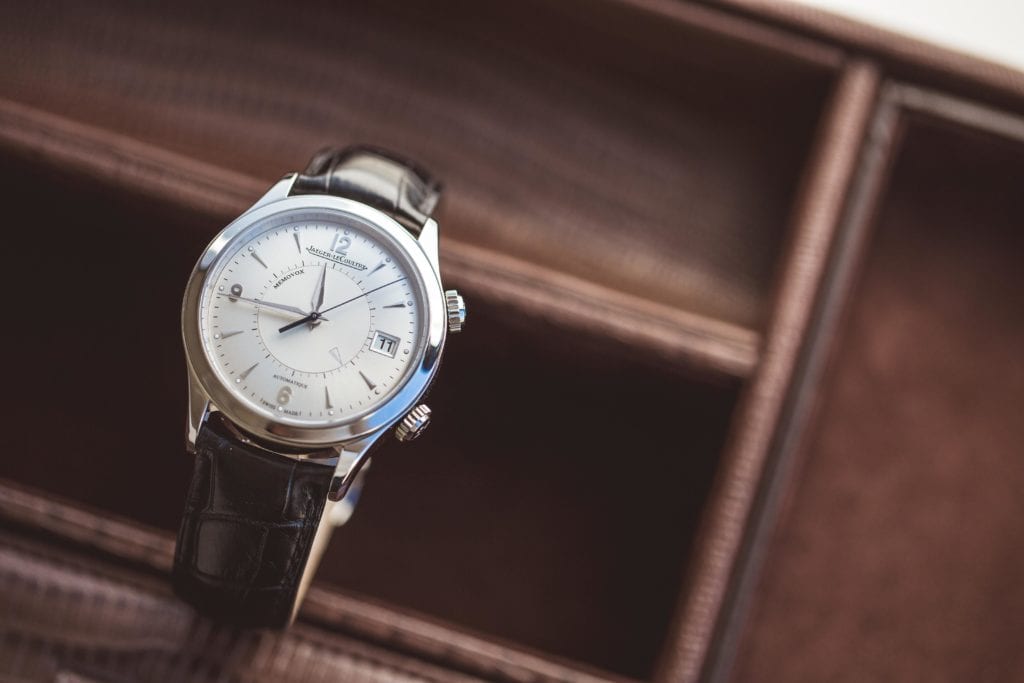
As LeCoultre grew older, he brought his son, Elie, into the business. At the time, the Swiss watchmaking industry remained centralized around small workshops. However, Elie saw a vision for the future. He encouraged his father to grow the business into a larger scale factory. Soon, they became the first to establish in the illustrious Joux Valley. Jaeger-LeCoultre continues to reside here today. Expanding the company’s facilities allowed them to expand their work, and they began developing complicated movements. One of the most notable combined a repeater and a chronograph in a single piece. This work would later set the foundation for the brand’s coveted Grand Complications.
Edmond Jaeger Completes the Brand
Around the same time, a man named Edmond Jaeger set up a workshop in Paris and became the official horologist to the French Navy. Soon, he was developing ultra-thin movements and catching the attention of others in the industry. LeCoultre was intrigued and decided to approach Jaeger about a collaboration. Just after the turn of the century, the duo created the most remarkable ultra-thin caliber of the era. Eventually, Jaeger-LeCoultre would go on to use this Caliber 145 movement in its watches for the next half a century.
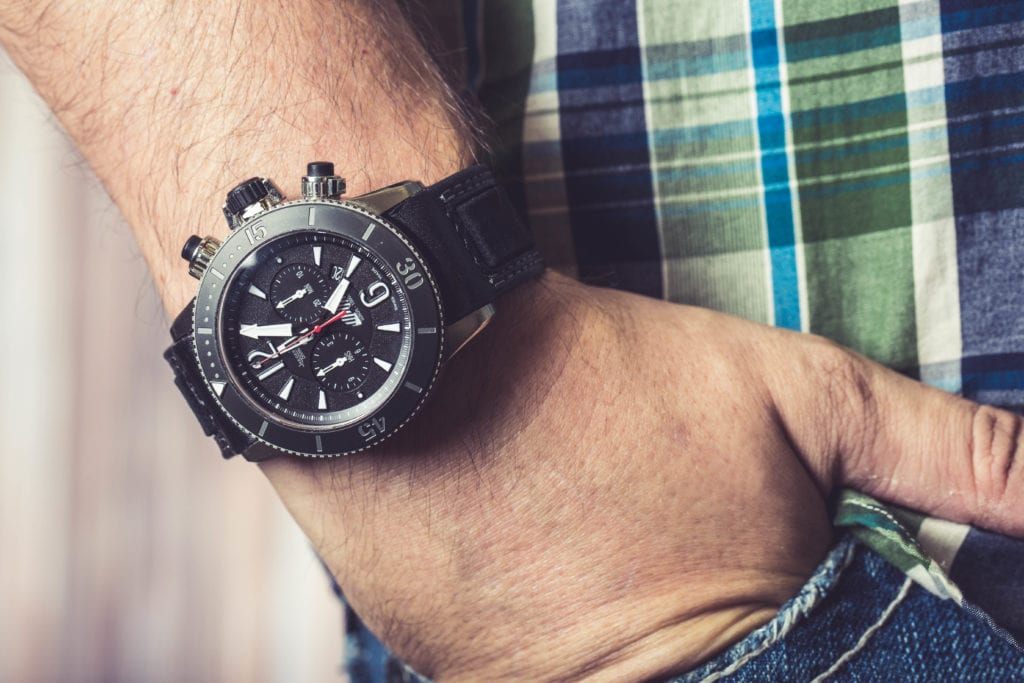
Jaeger and LeCoultre continued to work together on projects over the next several decades. In 1925, the pair introduced the world’s smallest movement: the Caliber 101. With nearly 100 components, the movement shockingly only weighed about one gram. However, it wasn’t until 1937 that they officially formed a partnership and become Jaeger-LeCoultre as we know them today. It’s interesting to note that the legendary Reverso first debuted just a few years prior in 1931 under LeCoultre’s name.
Jaeger-LeCoultre in the Modern Era
Under the Jaeger-LeCoultre name, the brand would go on to be one of the foremost leaders in the industry for decades to come. The inventive spirit of the founders has always remained a guiding principle of the company. In 1946, they developed their first automatic watch. A decade later they debuted the Memovox, the first automatic alarm wristwatch. In 1958, they created the Geophysic chronometer, featuring a double anti-magnetic case. Later in 1982, they designed the world’s thinnest quartz movement: the Caliber 608. Shortly after in 1987, they introduced a hybrid quartz and mechanical movement called the Mecaquartz.
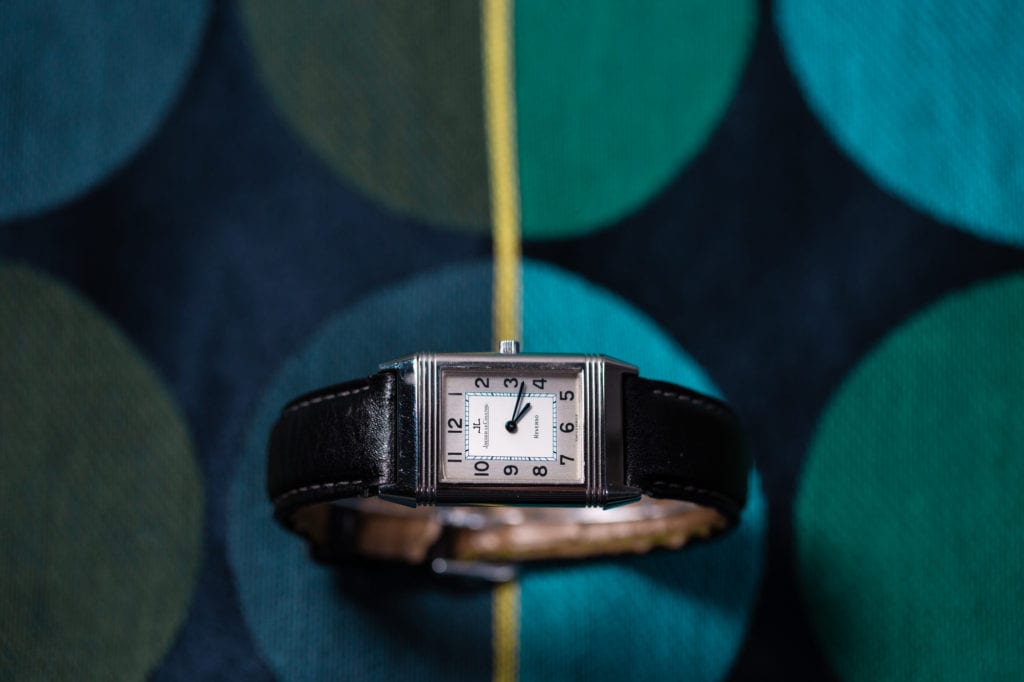
In the new millennium, Jaeger-LeCoultre has continued to introduce new innovations and collections and build upon existing models. For instance, in 2006, they released a special variation of the Reverso that featured six unique patents. Three years later, the brand received two major awards in the 21st century’s first chronometry competition. One honored the Reverso Gyrotourbillon 2 and the other, the Master Tourbillon. In the past several years, Jaeger-LeCoultre has introduced an astonishing number of new models to its catalog. One example is the Master Grande Tradition Gyrotourbillon 3 Jubilee in 2013. It features a chronograph with an instant digital counter. Another standout is the Polaris collection that launched in 2018. Then, in 2019, Jaeger-LeCoultre unveiled the Master Grande Tradition Gyrotourbillon Westminster Perpétuel as the latest edition of their multi-axis tourbillos.
Get More Articles Like This in Your Inbox
We're constantly creating great content like this. So, why not get it delivered directly to your inbox? By subscribing you agree to our Privacy Policy but you can unsubscribe at any time.





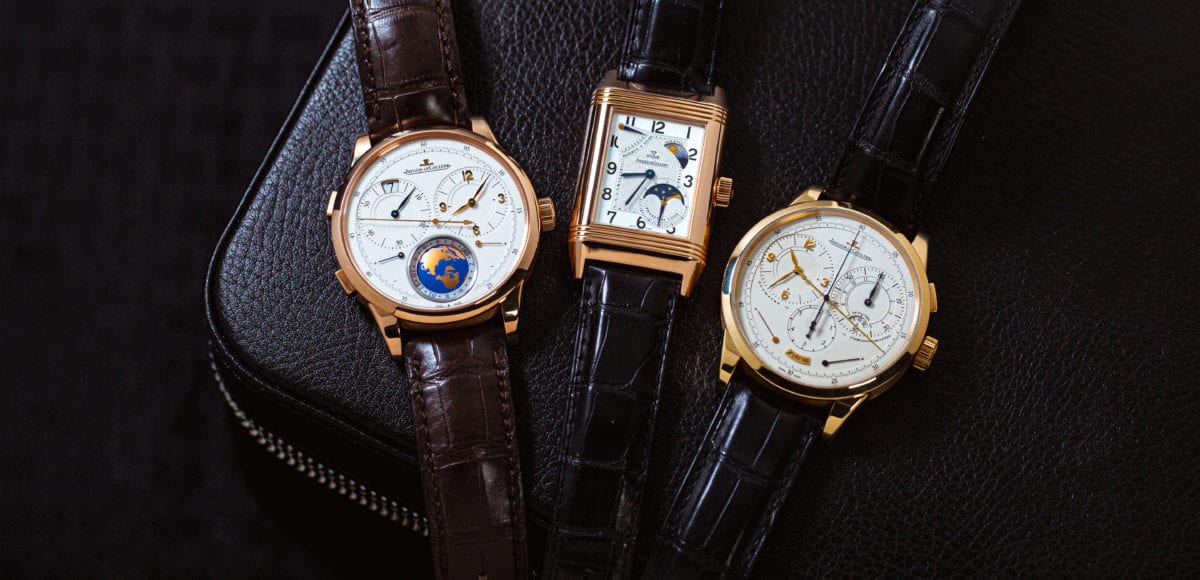

Neil | October 6, 2019
|
“Even in the pre-owned market, their models can be five figures.”
Yes they certainly can however those same models could have originally cost many thousands more new, a short time before. I purchased one such model for 14,500 USD and in seven short years was offered 4000 USD from a number of retailers. Maybe buying new is not a good idea with JLC!